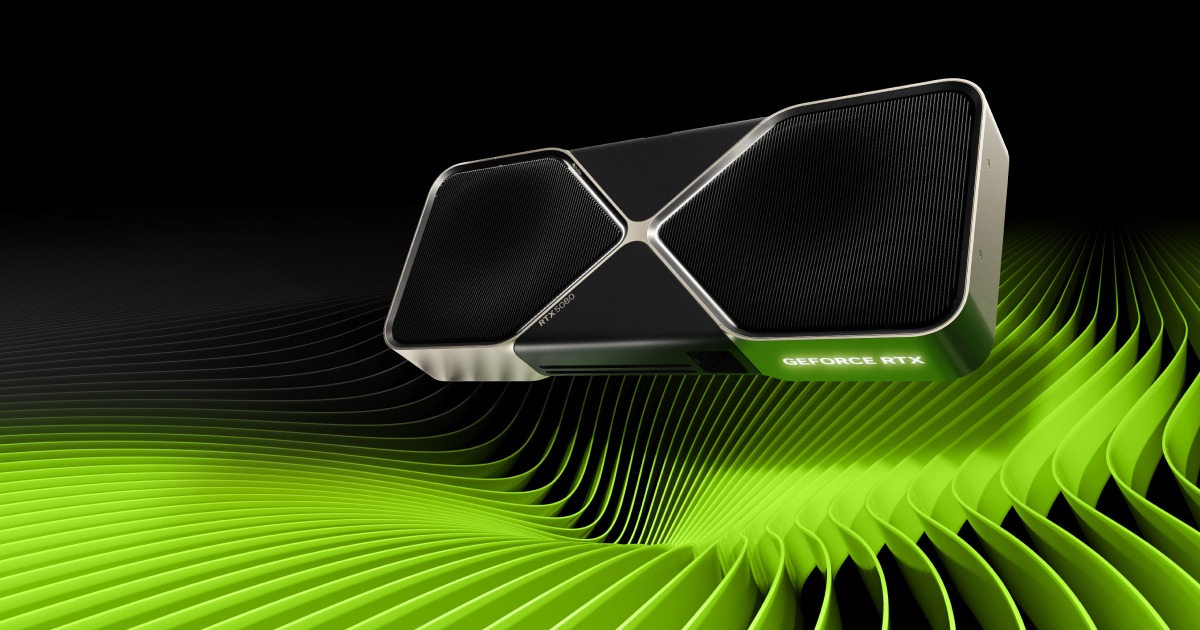
The Future Of Biometric Technology – Friend or Foe?
Biometric Technology: Are Fingerprints, Faces, and Eyes the Future of Security?
As we move towards a digital future, securing our personal data and sensitive information is more important than ever. Passwords, security questions, and PINs have served us well, but they are becoming increasingly vulnerable to hacking and data breaches. Enter biometric technology—a form of security that uses our unique biological traits, such as fingerprints, facial recognition, and even the patterns in our eyes, to ensure secure access.
But what makes biometric technology so special? What are its advantages, potential pitfalls, and what might the future hold for this advanced form of security? Let’s explore all the aspects of biometric technology in simple terms.
What is Biometric Technology?
Biometric technology is a system that uses your biological features to verify your identity. Rather than relying on something you know (like a password), it relies on something you are. This could be:
- Your Fingerprint
- Your Face
- Your Iris or Retina (Eyes)
- Your Voice
These unique features are almost impossible to replicate, making biometrics one of the most secure forms of identification and verification.
Types of Biometric Technology
There are several types of biometric security systems being used today. Each one has its own unique way of ensuring you are who you say you are.
1. Fingerprint Scanning
Fingerprint scanning is perhaps the most common biometric technology. Found in most smartphones, laptops, and even door locks, this technology maps the ridges and patterns of your fingertip.
- Advantages: Convenient and fast to use.
- Disadvantages: May fail if your finger is dirty or wet.
2. Facial Recognition
Facial recognition technology captures and analyzes the unique features of your face—such as the distance between your eyes or the shape of your nose.
- Advantages: Hands-free and can be used in various lighting conditions.
- Disadvantages: Struggles in dim light or when your face changes (e.g., growing a beard).
3. Iris and Retina Scanning
Iris and retina scanning use your eyes to identify you. The patterns in your iris (the colored part of your eye) or retina (the back of your eye) are scanned and matched with pre-recorded data.
- Advantages: Extremely accurate and secure.
- Disadvantages: Expensive and not as widely available as other options.
4. Voice Recognition
Voice recognition systems analyze the unique patterns in your speech, including your tone, pitch, and cadence.
- Advantages: Useful in hands-free environments.
- Disadvantages: Can be affected by background noise or illnesses that alter your voice.
Advantages of Biometric Security
The shift to biometric technology comes with a host of benefits that make it a superior choice for securing personal data.
1. Enhanced Security
Biometrics offer stronger protection than passwords because they rely on unique, personal traits. It’s much harder for someone to steal or replicate your fingerprint than it is to guess your password.
2. Convenience
One of the best things about biometric technology is its ease of use. You don’t have to remember complex passwords or worry about them being stolen. A simple fingerprint scan or face recognition can instantly grant you access.
3. Fraud Prevention
Biometric security systems drastically reduce the risk of fraud. Since it’s nearly impossible to mimic someone’s unique biological traits, the chances of identity theft are significantly lower.
4. Speed and Efficiency
Biometric systems can process your identification much faster than traditional methods. A quick fingerprint scan or face recognition takes mere seconds.
Challenges and Disadvantages of Biometric Technology
While biometrics seem like the future of security, they aren’t without their flaws.
1. Privacy Concerns
One of the biggest concerns with biometric technology is the potential misuse of personal data. Once your fingerprint or facial data is collected, where does it go? Who has access to it? Many people are worried about their biometric information being stored in databases that could be hacked.
2. Data Breaches
Though biometric systems are harder to hack than passwords, they are not immune. If a data breach occurs, it’s much harder to recover from—after all, you can change a password, but you can’t change your face or fingerprint.
3. Technical Limitations
Biometric systems are not perfect. Fingerprint scanners can fail if your fingers are wet or dirty, and facial recognition might struggle in poor lighting or with changes in appearance.
4. High Costs
Some biometric systems, such as iris and retina scanning, are incredibly accurate but very expensive. This limits their widespread adoption for everyday use.
The Role of AI in Biometrics
Artificial Intelligence (AI) is becoming a crucial component in biometric technology, especially in facial and voice recognition systems. AI can analyze biometric data more quickly and accurately than ever before, ensuring that these systems continue to improve over time.
AI-Powered Enhancements:
- AI helps recognize patterns in facial recognition, making it more accurate.
- It can learn from mistakes and adapt to new environments or situations, like a change in lighting or background noise.
- AI can process biometric data in real-time, reducing the chances of false positives or negatives.
The Future of Biometric Technology
The future of biometric security is bright, with exciting advancements on the horizon.
1. Multi-Factor Biometric Authentication
In the future, systems may use multiple biometric factors—such as combining facial recognition with fingerprint scanning—to ensure even more robust security.
2. AI-Driven Biometrics
AI will continue to play a major role in biometric technology, making it faster, more accurate, and harder to fool. With AI’s help, biometric systems could become nearly foolproof in the coming years.
3. Wearable Biometric Devices
Imagine smartwatches that not only track your health but also serve as biometric security devices. They could monitor your heartbeat, skin texture, and even brainwave patterns to ensure you’re the rightful user.
4. Biometric Payment Systems
In the future, you might be able to pay for goods and services simply by using your fingerprint or face. Many companies are already experimenting with biometric payments, which could replace traditional credit cards and even mobile payments.
5. Voice-Activated Smart Homes
Voice recognition could play a major role in home security. AI-powered voice systems could grant you access to your home, adjust settings, or even start your car—all through simple voice commands.
The Disadvantages of Advanced AI Biometrics
With all the excitement about biometric technology, it’s important to keep an eye on potential risks and challenges:
- Data Storage: Storing biometric data securely is a major challenge, as breaches could expose highly sensitive information.
- Surveillance Concerns: Widespread use of biometrics, especially facial recognition, raises concerns about mass surveillance and invasion of privacy.
- Ethical Issues: There are growing worries about bias in AI-driven biometric systems, where certain groups may be more vulnerable to misidentification or unequal treatment.
Conclusion
Biometric technology, powered by AI, is set to revolutionize the way we secure our devices, homes, and financial accounts. From fingerprints and facial recognition to iris scanning, the possibilities for biometrics are vast. However, it’s crucial to approach this technology with caution, understanding its challenges alongside its potential.
As AI-powered biometrics become more advanced, we might see a future where passwords and PINs are obsolete, replaced by systems that know us as intimately as we know ourselves. While there are challenges ahead, such as privacy concerns and technical limitations, the future of biometric technology looks promising—and it may just be the key to a safer digital world.
























Post Comment